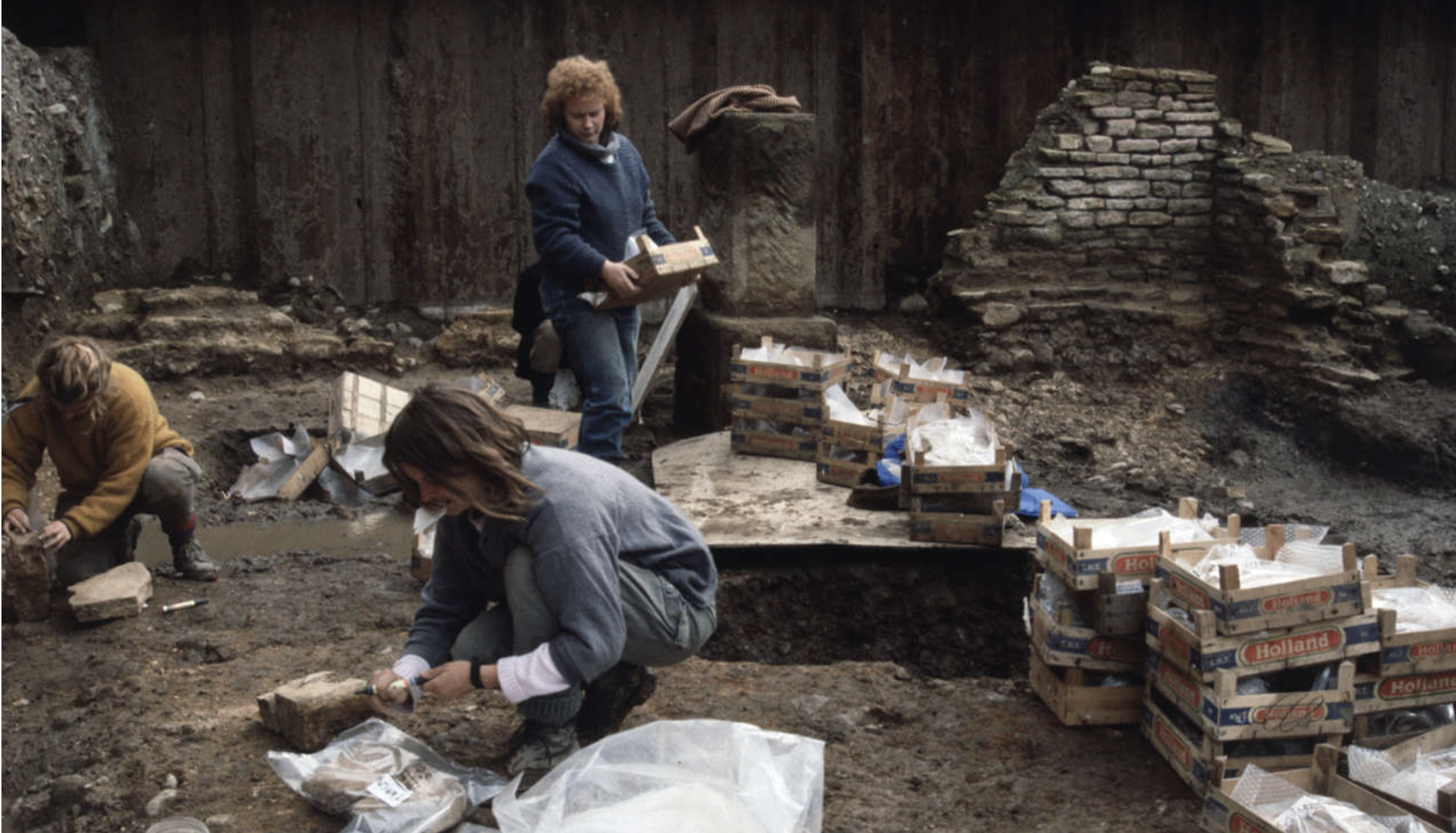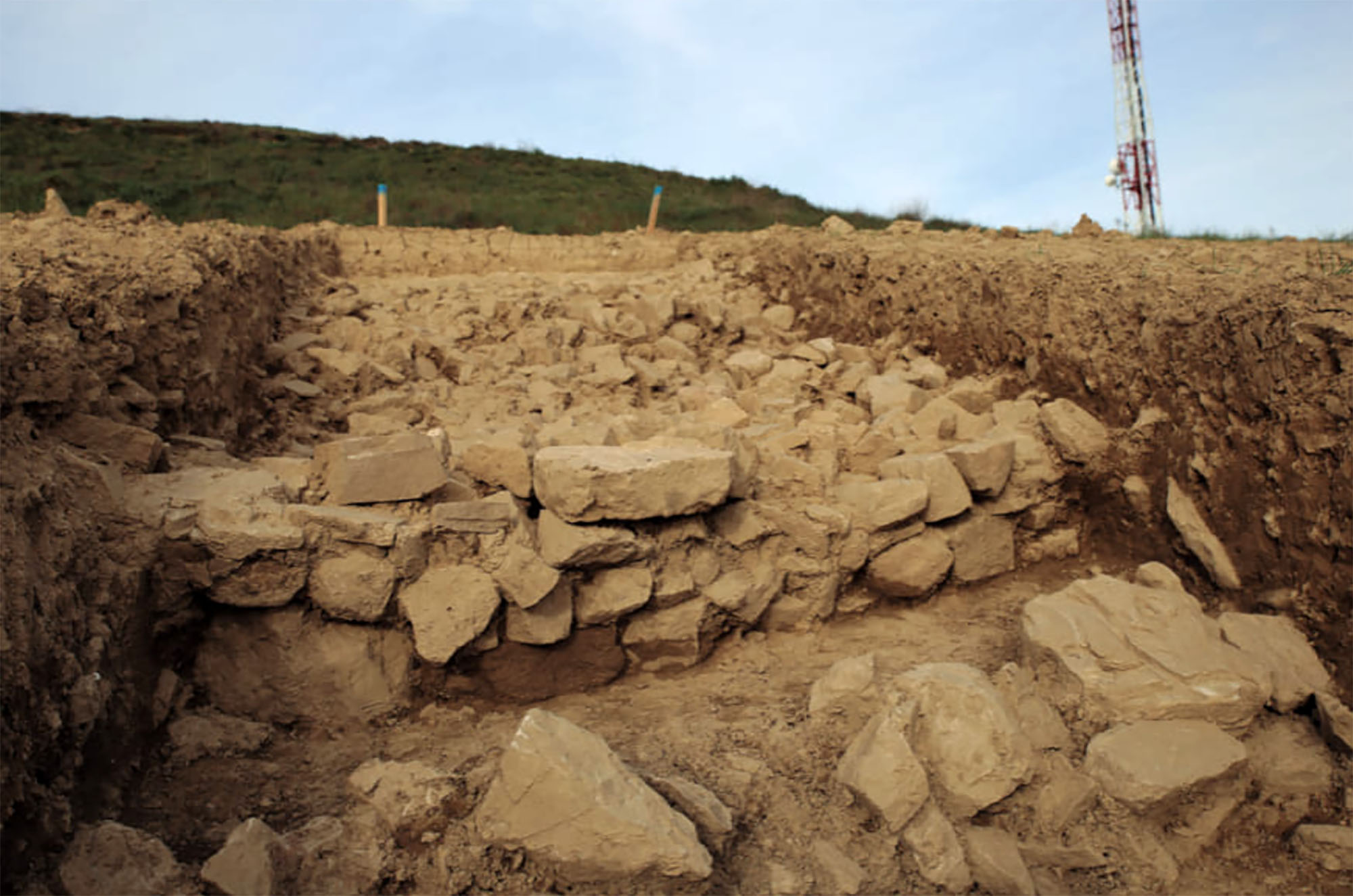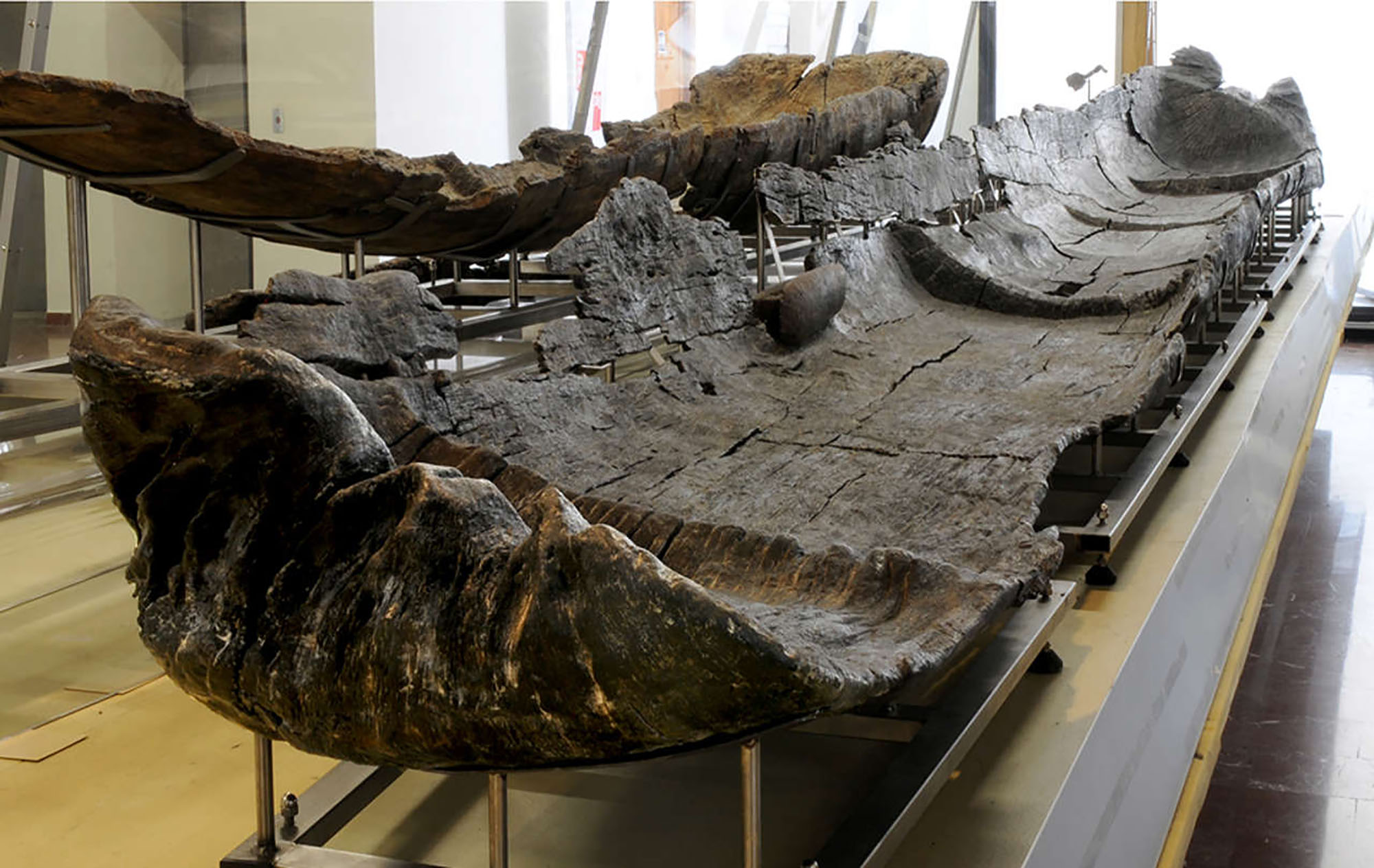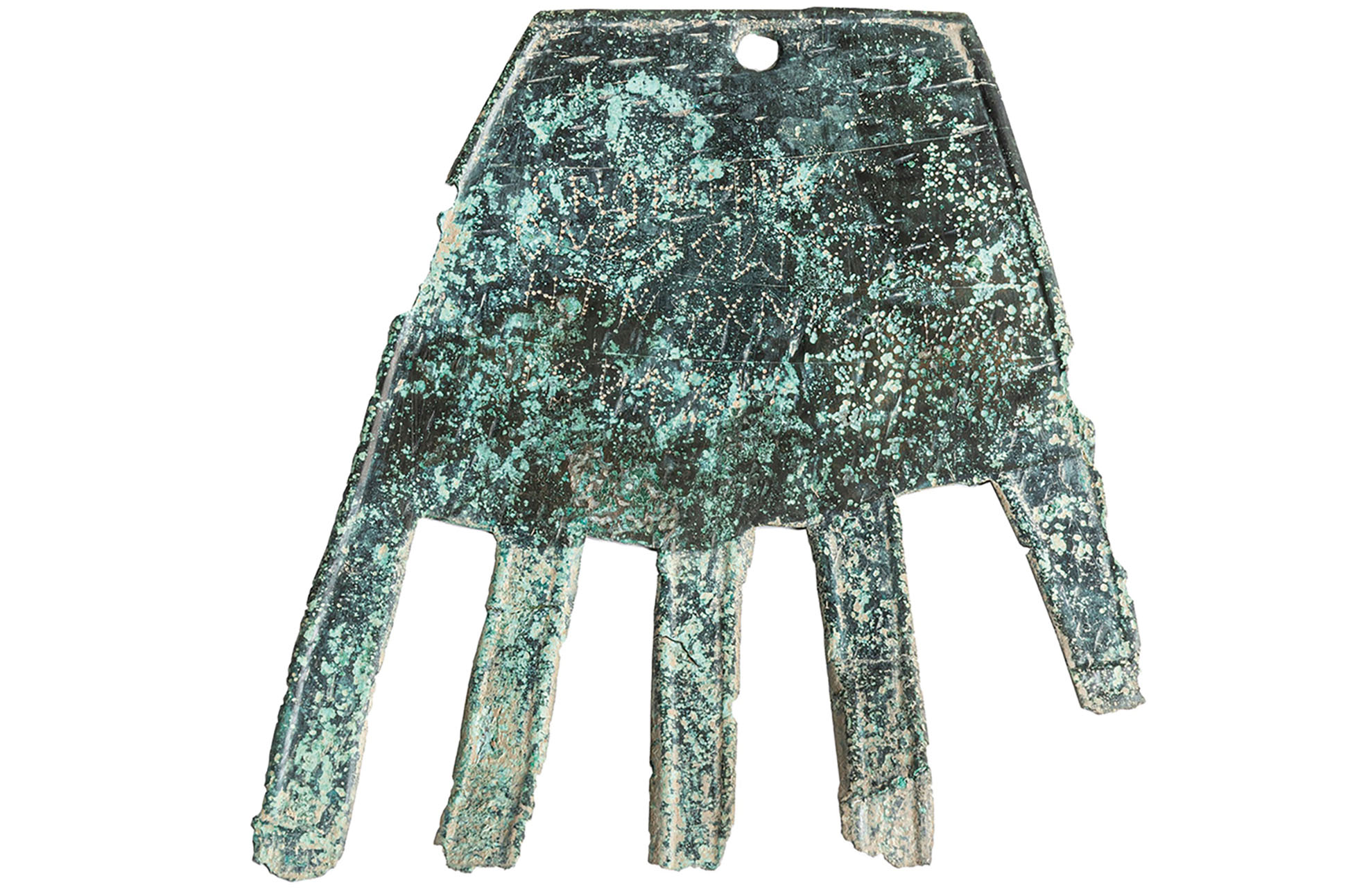Looking for the forgotten Middle Ages in Abrisketa
- January is not a good time to perform archaeological excavations, but due to this year’s bad weather, the research team of Heritage and Cultural Landscapes of the UPV/EHU and the Heritage Protection company have carried out the work at the San Pedro hermitage of the Abrisketa district, in Arrigorriaga. They have found graves and structures that can be from the Upper Middle Ages and the site could become a reference of the time in Bizkaia.

Despite the prediction of good results, archaeologists have been surprised at the potential of the site. Medieval records are not very abundant in Euskal Herria and the lack of references hinders the investigation of the contexts of the time. To publicize the work done and the results obtained, a guided tour was organized this Saturday, 3 February, at 11:00 hours.
A village under a hermitage?
Abrisketa is located in a strategic location on the hillside of Mount Pagasarri. From it you will see the entire Nervión valley, including the main vial that connects Álava and Bizkaia. The surrounding slopes are occupied by agricultural terraces, but only a few villages are abandoned in their surroundings.
Teresa Campos López archeologist of the UPV is directing the excavation. As he explained to us, researchers have long known that the hermitage of San Pedro de Abrisketa could host medieval archaeological remains and the main objective of the project has been to evaluate the interest of the site. The journey to the beginning of the work has not been easy, as several actors have participated: It is channelled by the Lagunak association of Malmasín, with the scientific advice of the UPV/EHU and financed by the Provincial Council of Bizkaia. However, the involvement of the company Cementos Rezola / Heidelberg Materials, owner of the land, and the Arrigorriaga City Hall must be taken into account.
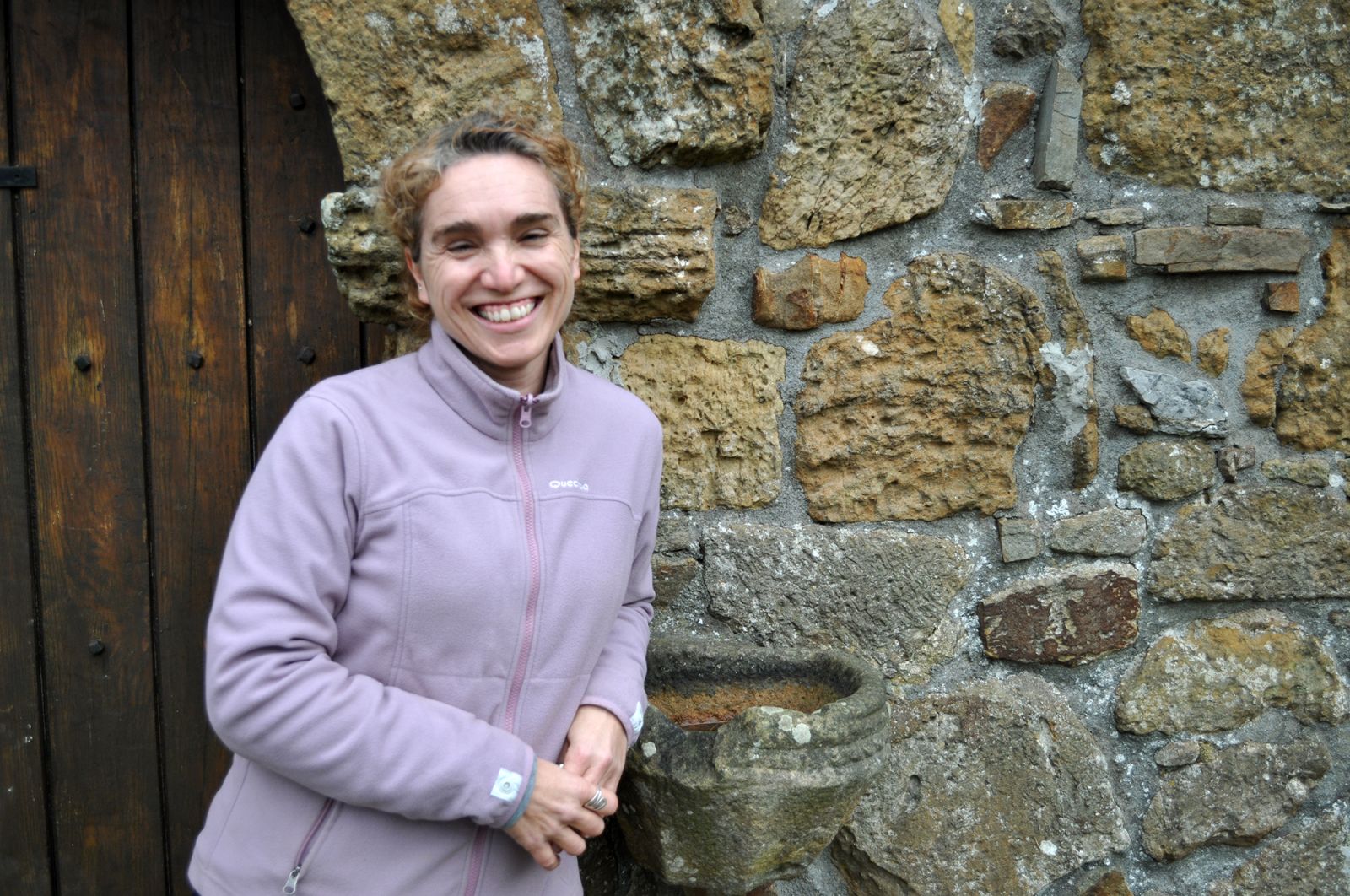
In this first campaign two archaeological surveys have been carried out outside the hermitage. The most significant results are those achieved by the northern wall. In fact, three groups of elements appear in it. First, several murals located two or three meters from the hermitage have appeared. In the words of Campos, these structures have been provisionally dated in the Modern Age, since in the documentary sources of the time the existence of other buildings around the hermitage is insisted on: repair workshops in the building, storage of materials, etc.
Next to the hermitage wall, excavated in the rock, several holes have been found left by wooden columns. This type of vestiges are frequent in the altomedieval deposits, where woody architecture predominates.
Secondly, several south-east oriented graves have been identified. They are excavated in the rock, with walls and lids of stone veneers. It is an important discovery, since in Bizkaia the cemeteries have only been around the parish churches. From the centuries. Considering that the Abrisketa neighborhood was part of the Arrigorriaga anteiglesia at that time, they have concluded that these graves can be dated in the High Middle Ages between the 6th and 10th centuries. However, this hypothesis should be confirmed by radiocarbon dating.
The third discovery is also very significant, but you need a trained eye to identify it. Next to the hermitage wall, excavated in the rock, several holes have been found left by wooden columns. This type of vestiges are frequent in the altomedieval deposits, in which woody architecture predominates. Therefore, these possessions would be the remains of a building whose plant has not yet been identified, but suspect that part could be under the current hermitage. If confirmed, two hypotheses would be opened. On the one hand, it can be a building of the same time as tombs, perhaps a small church. On the other hand, this wooden building may have some other function and be under the graves, in which case it would be older. At the end of the campaign, the main objective of the researchers is therefore to clarify the stratigraphic relationship between graves and posts.
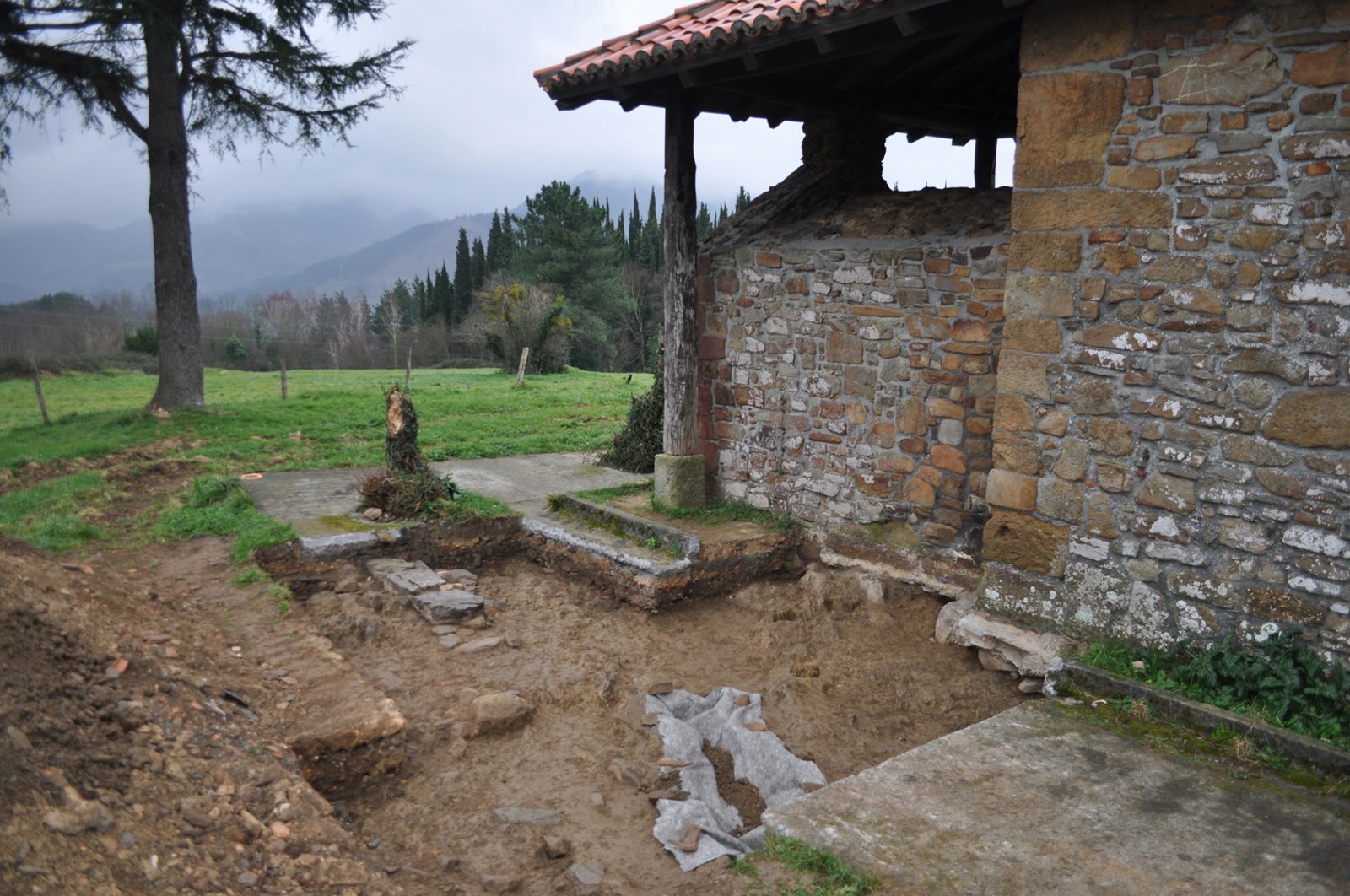
Despite the doubts, Campos evaluated the work positively. The initial objective of clarifying the existence of medieval remnants at the site has been met with more interesting records than expected. This opens up opportunities for the future, as Abrisketa could become a benchmark at the level of Bizkaia.
Medieval archaeology in full bloom
The San Pedro hermitage has long attracted the attention of researchers. And that is, even though the building is very transformed, it retains some striking elements, a sign of its antiquity. Inside the nave is separated from the apse by a large Romanesque arc. In addition, embedded in a wall you can see a large stone with Latin inscription. A stele decorated with alpha and omega letters, dated in the High Middle Ages, is also preserved. The exterior highlights the Romanesque sculptures embedded in the south wall: a sexual scene and a possible delivery woman. Finally, on the head wall there is a Romanesque window, but not in its original location.
The San Pedro hermitage has long attracted the attention of researchers. In fact, although the building is very transformed, it retains some striking elements, a sign of its antiquity.
It was known, therefore, that the Abrisketa hermitage could have an ancient origin, perhaps as the center of a small town emerged in the High Middle Ages. So they suggest other nearby deposits. At the top of Mount Malmasin, for example, there is a fortress that, although it has not yet been excavated, has dated back to the Iron Age, but which may have been reused in the Upper Middle Ages.
On the slopes of the same mountain is one of the most important medieval fields in Bizkaia: Finaga (Basauri), 1.5 km from Abrisketa. The excavations carried out in the chapel of San Martin in this neighborhood demonstrated that the place has been occupied since ancient times. Beginning in the fourth century, a small church was built around which a necropolis emerged. In the sixth century the church was opened and buried in the graves, next to the dead, weapons or other symbols of power (weapons, rings, glass).
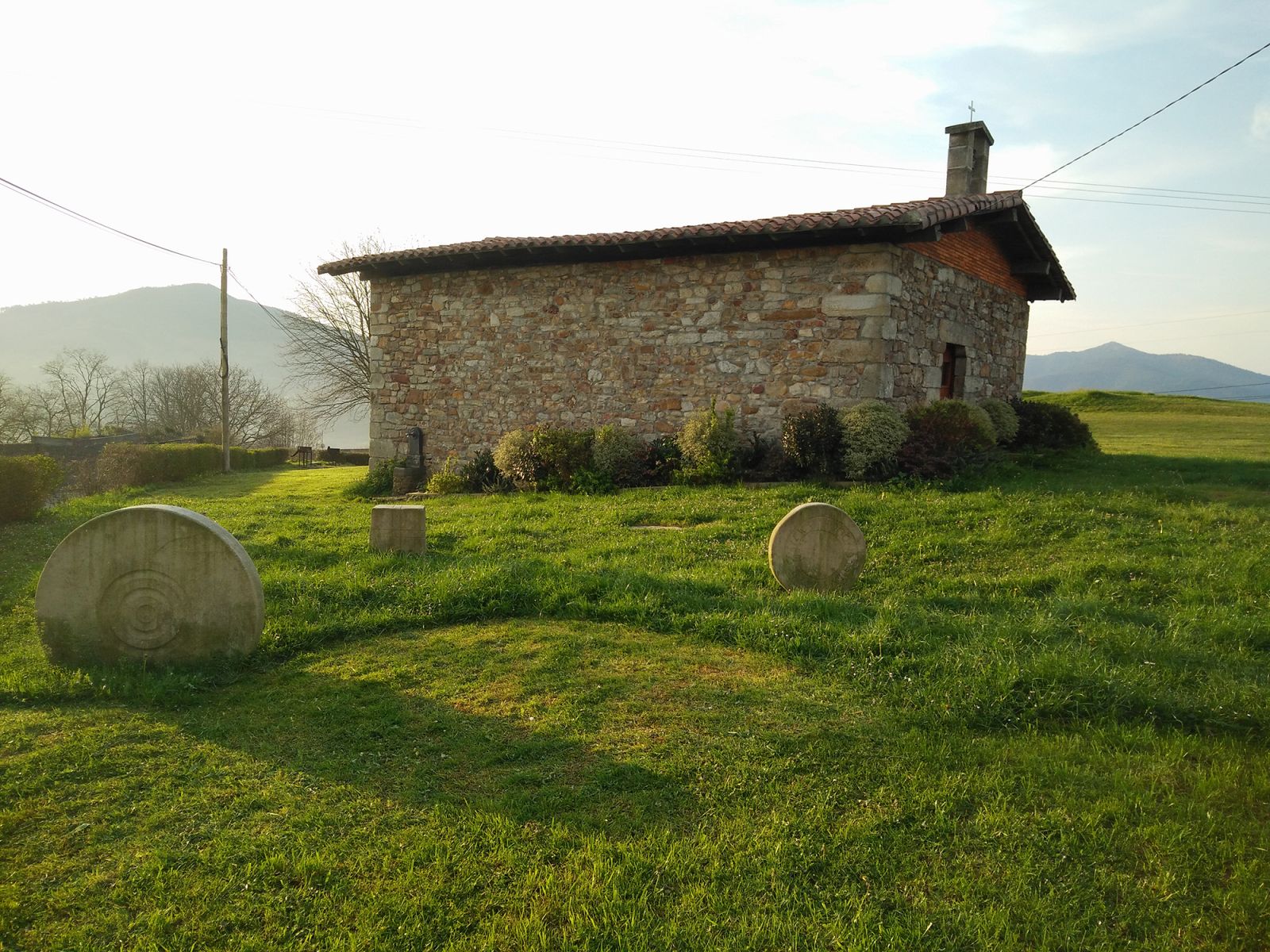
Similar practices have also been observed in Álava (Aldaieta, Alegría) and Navarra (Pamplona). Therefore, these places have been considered the center of power of a new Basque elite that emerged after the fall of the Roman Empire. It should be noted that along with the hermitage of Finaga there is a small artificial hill, perhaps remains of a fortress of land and wood; the new studies should confirm whether it was a residence of these possible elites.
In any case, the above examples demonstrate that the High Middle Ages were not a ‘dark age’ that is often drawn. Thanks to the work of archaeologists, we have more and more deposits to get closer to the reality of the time, when the foundations of the current urban fabric and the surrounding landscape were laid, which have reached the present day.
There will be more research in the coming years.
Teresa Campos, beyond the mere archaeological excavation
Teresa Campos López (Jaen, 1975) holds a degree in Humanities and a doctorate in Archaeology. He was born twenty years ago in Arrigorriaga and has developed much of his professional career in the Basque Country, both in the field of professional archeology and in patrimonial disclosure. She currently teaches Social Sciences at the School of Education at UPV/EHU.
He has led various archaeological projects such as the medieval village of Gorliz and the Besoitaormaetxea village of Berriz, both in Bizkaia. In recent years, the contribution of archaeologists from the Basque Country and the need for a feminist archaeology have been highlighted.
He stresses that the project started at the Abrisketa hermitage goes beyond the excavation. The objective is to involve the citizens of Arrigorriaga to internalize and be part of the heritage research process. To do this, they have contacted the local institute so that students can visit the site and get to know the works. For the same purpose they have organised a guided tour of citizenship, on Saturday 3 February at 11:00.
York, England, 2nd century. Various structures and houses were built in the Roman city of Eboracum. Among others, they built a stone building in the present Wellington Row and placed an arch in the wall that crossed the Queen’s Hotel. Both deposits were excavated in the second... [+]
1992. eta 2006. urteen artean, Erromako Bracciano lakuko uretan, Neolito goiztiarreko La Marmotta aztarnategia industu zuten. Berriki, Plos One aldizkarian han aurkitutako bost piraguen inguruko ikerlana argitaratu dute. Ontziak 7.000-7.500 urte inguru dituztela ondorioztatu... [+]
In the Gulf of Mecklenburg, in Baltic waters, archaeologists identified in 2021 a stone structure of almost a kilometre. Now a team of interdisciplinary researchers has published a study on the wall in the journal PNAS.
The structure is about 10,000 years old and has come to... [+]








